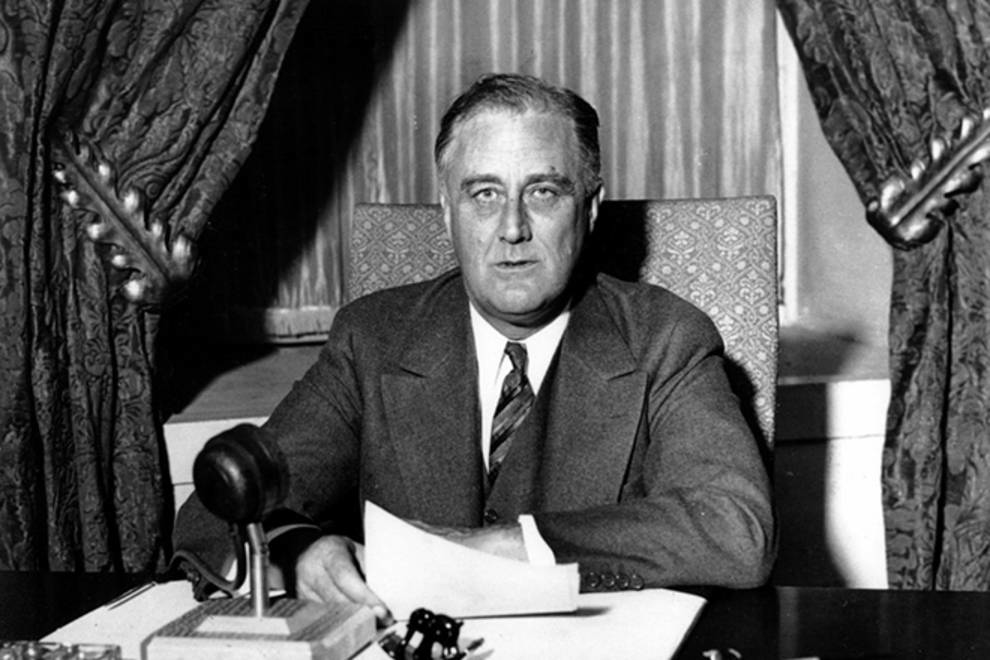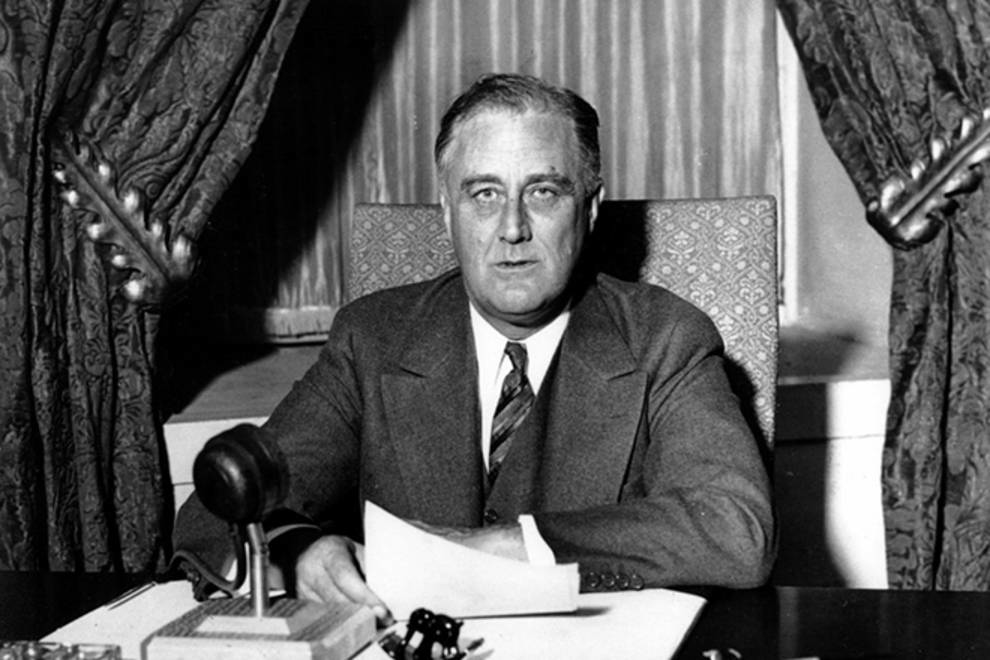
Implications of Directive 9066, signed by Franklin Roosevelt
Two and a half months after the Japanese attack on Pearl Harbor, on February 19, 1942, US President Franklin Roosevelt signed "Directive 9066". The government could forcibly export Japanese Americans from any part of the United States.
In December 1941, the Japanese imperial fleet, under the command of Vice Admiral Nagumo Tyuiti, launched air strikes at military airfields on the island of Oahu and on US Navy ships anchored in Pearl Harbor.

For the United States, this was a complete surprise and a pretext for joining the Second World War - on December 8, they declared war on Japan. The Japanese lost the war. The Americans restored all submerged and damaged frigates except "Arizona" and "Oklahoma".
According to the directive, the military almost immediately determined the entire west coast of the United States, where most of the Americans of Japanese descent lived, was strategically important.
By June, more than 110,000 American Japanese were interned and relocated to special camps in the interior of the country, where they lived for the next two and a half years in difficult living conditions. On December 17, 1944, Major General Henry Pratt ordered that from January 2, 1945, the Japanese, "evacuated" from the western states, could return to their homes.
In December 1941, the Japanese imperial fleet, under the command of Vice Admiral Nagumo Tyuiti, launched air strikes at military airfields on the island of Oahu and on US Navy ships anchored in Pearl Harbor.

Photo © gazeta.ua
For the United States, this was a complete surprise and a pretext for joining the Second World War - on December 8, they declared war on Japan. The Japanese lost the war. The Americans restored all submerged and damaged frigates except "Arizona" and "Oklahoma".
According to the directive, the military almost immediately determined the entire west coast of the United States, where most of the Americans of Japanese descent lived, was strategically important.
By June, more than 110,000 American Japanese were interned and relocated to special camps in the interior of the country, where they lived for the next two and a half years in difficult living conditions. On December 17, 1944, Major General Henry Pratt ordered that from January 2, 1945, the Japanese, "evacuated" from the western states, could return to their homes.


